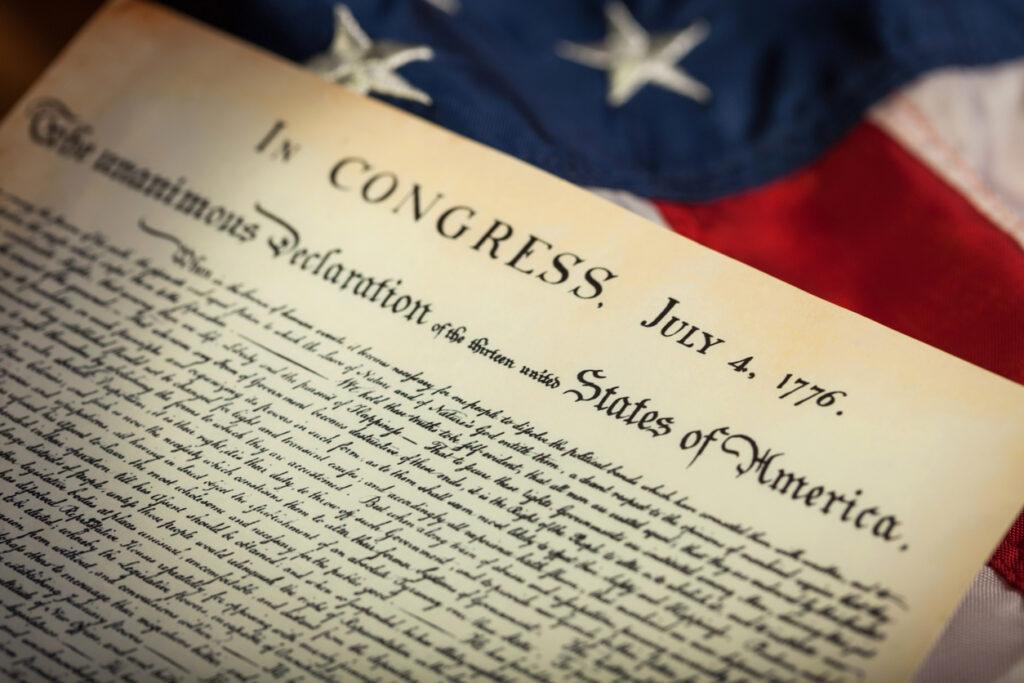
Some years ago, I found myself in editorial purgatory–working on a speech for my boss and going around and around in search of the next great sound bite. Then, after the 13th draft, inspiration struck. I declared editorial independence with a copy of the Declaration of Independence. After all, Thomas Jefferson knew a thing or two about persuasive and powerful writing. His political manifesto offers a model for how to structure a compelling piece. So, in honor of this July 4th holiday, let’s take a look at what the Declaration of Independence can teach us today about how to write better blogs, thought pieces, and other content.
1. State your cause, case, or complaint clearly and boldly. In Jefferson’s case–political separation from Britain. Too many times, writers either define the problem incorrectly or haven’t really refined in their own minds what it is. But Jefferson lays out the colonists’ ambition in the first sentence: “When in the Course of human events, it becomes necessary for one people to dissolve the political bands which have connected them with another…”
Some people are uncomfortable with being direct and often load up their writing with unnecessary platitudes and filler. It’s imperative, however, to get to the heart of the matter, especially when the matter isn’t pleasant or comfortable – whether it’s overthrowing the reign of Great Britain or dealing with less then stellar sales or poor morale.
2. Explain why you (or your boss, colleagues, customers, clients, or employees…) have a stake in it. You must be able to align your audience with your perspective before you can move them to action. “We hold these truths to be self-evident, that all men are created equal, that they are endowed by their Creator with certain unalienable Rights, that among these are Life, Liberty and the pursuit of Happiness.” What is it that you hold to be self-evident and why does it matter?
3. Explain the reasons for change. After defining the challenge, Jefferson explains why it exists and why it has reached this critical point. The King, he says, is bad for the colonists, having committed “a long train of abuses and usurpations.”
4. Present the facts. Jefferson then submits the facts “to a candid world.” He makes a tight list of specific grievances and wrongs, including taxation without representation, abolition of local laws, and depriving colonists of trials by jury. Unpersuasive writers might bury their reader in detail, without first providing the larger context. Jefferson’s list of facts comes only after he frames the problem and defines the stakes.
5. Compel action. Once you have made your case and presented the facts, it is important to communicate what you want to happen. You must ask for action or change. In Jefferson’s case, the signers declared the colonies to be “free and independent states,” without allegiance to the crown and free to wage war and levy taxes as they see fit. The rest, as they say, is history.
We think of July Fourth as a day of barbecues and fireworks. Let it also be a time when we reflect on our history and savor the Declaration of Independence as a framework for persuasive writing.
So what do you want your audience to do and how will you write convincingly enough that they do it?
Need help. Wainger Group offers workshops on how to enhance business writing to expand your influence.

